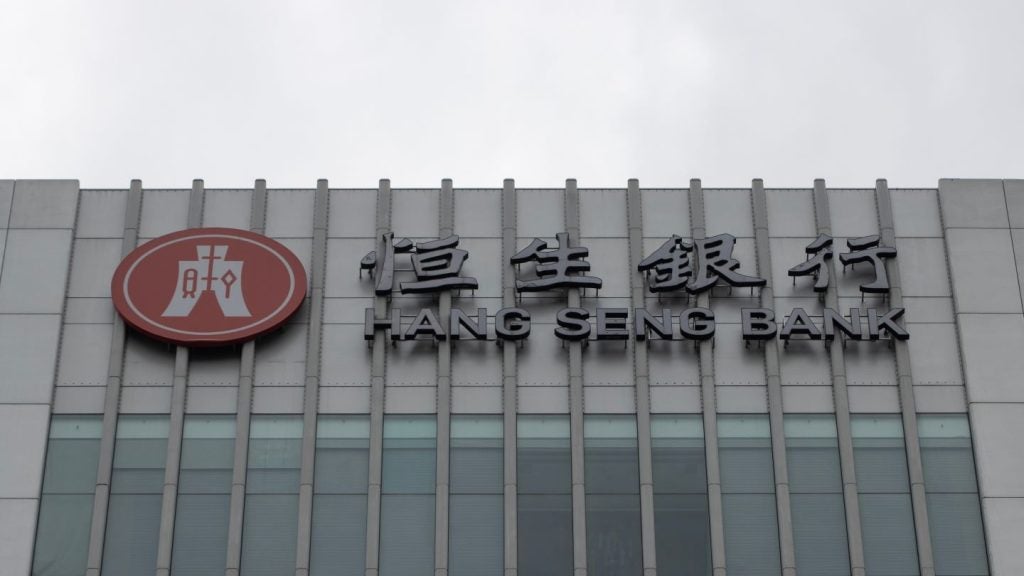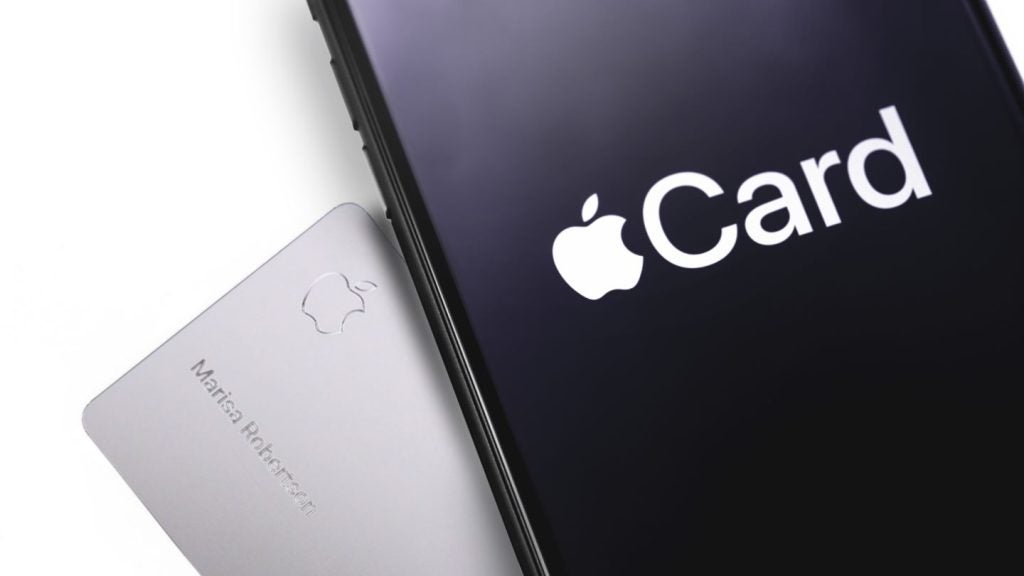Retail banking has always been a contest between speed and safety. Today that contest plays out in real time. Money now clears in seconds. It crosses borders at the tap of a screen. Entire networks connect millions instantly. Yet the faster the system runs, the sharper the risks feel when something goes wrong. Fraud is no longer measured in quarterly reports. It is felt in the moment: a blocked transaction, an unexplained decline, a genuine payment mistaken for a scam.
The paradox is simple. Customers want to be protected, but they do not want to be punished. They accept fraud controls when those controls feel like care. They resent them when they feel like arbitrary barriers. The task for banks is to close that gap and design fraud protection that defends trust without damaging the very relationships it is meant to protect.
The new tension in instant payments
Real-time payments are not just faster versions of older rails. They change expectations. A gig worker now expects wages today, not next week. A family expects to move money when life demands, not when a batch closes. A small firm expects settlement that keeps pace with costs. These expectations make instant payments essential for inclusion and growth.
But they also open a new fault line. Fraudsters follow speed. Social engineering, account takeover, and payment diversion thrive when money is irreversible in seconds. At the same time, customers feel greater vulnerability. When a genuine transfer is stopped or delayed without explanation, frustration rises quickly. In a system built on speed, a pause can feel like a punishment.
In the past, a blocked cheque might take days to resolve. Today, the same block on a digital payment feels unbearable in minutes.
This is the modern tension. Banks must manage fraud at real-time speed without creating real-time resentment.

US Tariffs are shifting - will you react or anticipate?
Don’t let policy changes catch you off guard. Stay proactive with real-time data and expert analysis.
By GlobalDataWhy “care, not punishment” matters
Trust is felt before it is counted. Customers do not remember loss ratios or recovery percentages. They remember how a bank made them feel when something went wrong. Was the fraud warning clear and respectful? Did the system explain why it needed another check? Was a false block lifted quickly with an apology? Or was the customer left in the dark, treated as guilty until proven innocent?
That truth has not changed in thirty years of banking. No customer ever remembers a recovery percentage. They remember the conversation at the counter, the call that either reassured them or left them adrift.
The danger in many fraud strategies is that they rely on invisible rules. Algorithms block transactions silently. Alerts appear without explanation. Resolution requires navigating a maze of contact centre menus. Protection then feels like punishment: opaque, rigid, and indifferent to context.
The banks that will earn trust are those that design controls as experiences of care. That means pre-commitment prompts that explain risks before a payment is made. It means step-up checks that are visible and proportionate, with reasons given in plain language. It means clearing false positives in hours, not days, with clear communication. And it means always allowing a route to a human being when the stakes are high.
Human anchors in fraud protection
Machines may fight fraud, but only people can resolve it. When a customer faces uncertainty, especially in money matters, they seek human reassurance. Digital journeys can provide speed, but only human anchors can provide empathy.
A modern branch can serve as a community hub for protection as much as for service. A colleague who can listen, explain, and act on the spot turns a tense moment into a restored relationship. A contact centre should not be seen as a cost to cut, but as a protection system staffed by skilled colleagues who have authority to fix problems without scripts.
These anchors matter most in fraud journeys. A customer who has been scammed, or whose genuine payment has been stopped, does not want a chatbot loop. They want someone accountable, someone who explains in plain English, and someone who can take ownership of the resolution. Human anchors are not nostalgic; they are strategic. They make digital protection believable.
In the old days, a manual ledger might excuse delays. An app has no such excuse.
Global lessons
Fraud is global, and the lessons are strikingly consistent. Each region offers signals that banks everywhere can learn from.
United Kingdom: With mandatory reimbursement for scam victims now in force, expectations have shifted. Customers believe they have a right to fair protection. The test for banks is no longer only whether they prevent fraud, but whether their response feels proportionate and humane.
European Union: Instant payments are being rolled out with obligations for verification of payee and equal treatment on charges. The emphasis is not just on speed, but on predictable safeguards. The lesson is that fraud protection is most effective when it is built into the rails and explained clearly.
United States: Real-time rails have expanded, but disputes over who bears liability have shaken confidence. Customers remember being left alone in disputes more than they remember the innovation itself. The lesson is that communication and clarity matter as much as technology.
Africa: Mobile money has scaled rapidly, often faster than traditional banks. Trust in these systems is reinforced by local human agents, such as neighbours, shopkeepers and community anchors. The lesson is that even in high-tech ecosystems, people still want reassurance from people they know.
Asia: Super apps and instant transfers are now everyday norms. Yet the players that retain trust are those that combine speed with strong consent, clear dispute processes, and tailored support for small merchants. The lesson is that convenience becomes dangerous if not paired with confidence.
No region offers a template to copy. But all point to the same principle: fraud protection is trusted when it feels fair, transparent, and human.
Metrics that really matter
Boards and regulators receive pages of fraud metrics. Many do not capture the customer’s lived reality. The measures that matter most are simple, visible, and felt in everyday life.
- Time to clear a false positive: A legitimate transaction should not be trapped for days.
- First-time resolution in fraud disputes: Customers should not have to retell their story multiple times.
- Complaint-to-change speed: If a pattern of unfair blocks is reported, how quickly is design changed?
- Share of fraud alerts with explanation shown: Customers should know why, not just that, a block happened.
- Access to a human at high-stakes points: Measured not by availability on paper, but by customer experience in practice.
These are the metrics that predict durable confidence. They translate fraud management from abstract compliance into real trust.
I have watched boards pore over fraud dashboards, while the real story was outside the room: how long it took to clear a genuine payment wrongly blocked.
A practical agenda for leaders
Fraud is often treated as a technical matter, when in reality it is a leadership test. The banks that lead will not only invest in technology but also shape the culture and practice around it.
A practical agenda includes:
- Treat protection as a trust experience, not just a control. Every fraud journey is a customer journey.
- Make fairness visible. Use plain language prompts, explain reasons for checks, and remove the mystery from alerts.
- Build human anchors. Train colleagues, give them discretion, and design clear escalation paths.
- Set measurable targets for false-positive clearance. Speed of correction is as important as speed of detection.
- Collaborate for clarity. When responsibility is shared, make communication simple for the customer.
- Embed resilience disciplines. Test responses like fire drills, design graceful degradation, and reduce single points of failure.
This agenda is not radical. It is disciplined. It respects the customer’s experience as much as it respects the regulator’s checklist.
Closing vision: real-time trust
Fraud at real-time speed is not a temporary challenge. It is the new normal. Banks cannot slow the rails, nor can they eliminate every risk. What they can do is make protection feel fair.
The winners will not be those who boast the most sophisticated algorithms, but those whose customers say: my bank kept me safe, explained what was happening, and treated me with respect. That is the essence of trust at speed.
Fraud resilience is not about thicker walls. It is about clearer windows, so customers can see what is happening. Customers want to see through the process, understand what is happening, and know that a human can step in when it matters.
The banks that deliver this will carry advantage into the next decade. They will feel calm in a noisy system, dependable in a volatile cycle, and humane in a digital age. Fraud protection will not be remembered as punishment, but as care. And in that memory, trust will compound – quietly, consistently, and in real time.
In banking, memories compound faster than money. If a customer remembers care, trust will grow quietly, consistently, and in real time
Dr Gulzar Singh, Senior Fellow – Banking & Technology, CEO, Phoenix Empire Ltd









